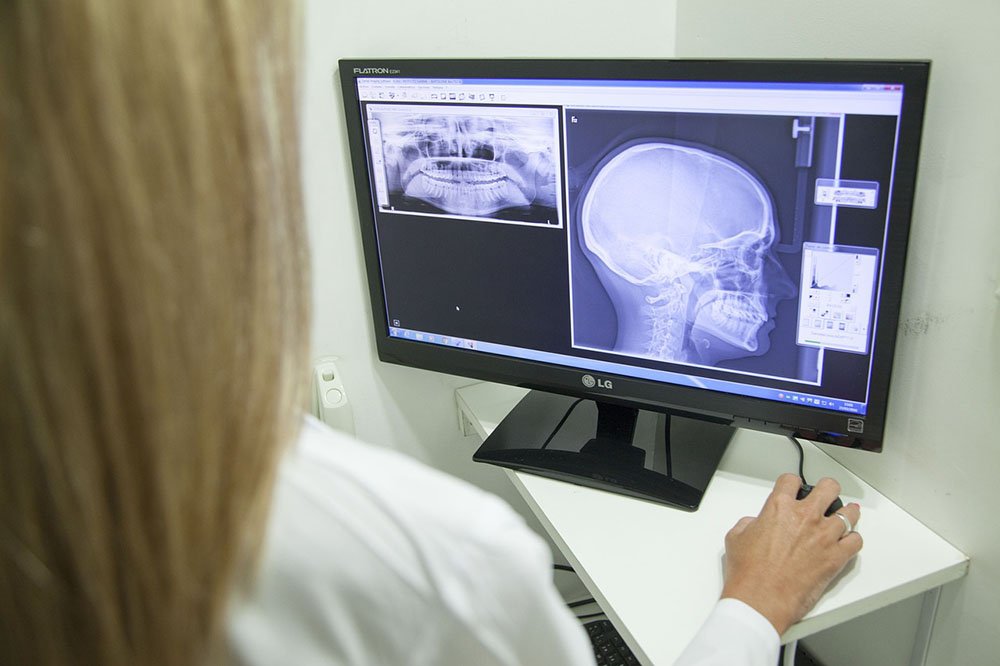In healthcare, the role of nursing continues to evolve, presenting new challenges and opportunities in training and education. This evolution was particularly emphasized by their vital and pivotal role during the COVID-19 outbreak in 2020. With technology now at the forefront of medical innovation, integrating it into nurse training programs is not just beneficial; it’s essential. Modern nurse training must go beyond traditional methods, embracing technology to enhance learning and better prepare nurses for the complex healthcare environment they will face. This integration offers a more interactive, engaging, and efficient education model. In this article, we will discuss how the integration of technology can help ensure that future nurses are well-equipped with the knowledge and skills necessary for high-quality patient care.
Wearable Technology for Skills Training
Wearable technology is an emerging trend in nurse training programs, offering a unique way to develop and refine clinical skills. Devices such as smartwatches and fitness trackers can be used to monitor health vitals, while other wearable tech can simulate patient symptoms or medical conditions. This hands-on approach allows students to experience and respond to a variety of clinical situations, enhancing their diagnostic and treatment skills. Wearable technology brings an element of practicality and realism to training, bridging the gap between classroom learning and clinical practice.
E-Learning Platforms for Theoretical Knowledge
E-learning platforms have revolutionized the way theoretical knowledge is imparted in nurse training. These online resources provide a wealth of information at the fingertips of nursing students, offering flexibility and a personalized learning pace. From interactive modules to video lectures and digital libraries, e-learning platforms cater to various learning styles, making theoretical education more engaging and effective. This approach not only accommodates the busy schedules of nursing students but also allows for a more in-depth exploration of complex topics. Registered nurses have the option to enroll in advanced online nurse educator programs, which can assist them in advancing their careers while maintaining their current jobs.
Incorporating Mobile Learning Apps
Mobile phones are ubiquitous, and the medical field is no different. Mobile learning apps are an excellent addition to nurse training programs, providing convenient and instant access to learning resources. These apps can include drug guides, medical dictionaries, procedure tutorials, and more. They are particularly useful for on-the-go learning and quick reference in clinical settings. The use of mobile apps supports continuous learning and reinforces knowledge, ensuring that nursing students have the necessary information at their fingertips whenever they need it.
Utilizing Virtual Reality for Immersive Learning
Virtual Reality (VR) is another innovative tool that is transforming nurse education. VR offers an immersive learning experience, placing students in a simulated 3D environment that closely mimics real-world clinical settings. This technology enables students to interact with virtual patients, practice procedures, and make critical decisions in a realistic yet controlled environment. The immersive nature of VR greatly enhances learning, providing a deep understanding of the clinical experience and preparing students for real-life patient care.
Virtual Simulation and Its Benefits
Virtual simulation has become a cornerstone in contemporary nurse education. These simulations provide a risk-free environment for students to practice and hone their skills, replicating real-life scenarios that nurses may encounter. This technology has proven to be a powerful tool in developing critical thinking, clinical decision-making, and hands-on skills essential for nursing practice.
Big Data and Analytics for Personalized Learning
The integration of big data and analytics in nurse training is revolutionizing the educational experience. By analyzing large sets of educational data, programs can tailor the learning process to meet the unique needs of each student. This approach identifies areas where students excel and those where they require more focus, enabling a more effective and efficient learning process. Big data not only helps in customizing training programs but also plays a critical role in curriculum development, ensuring that course content remains relevant and up-to-date with current healthcare trends and practices.
Social Media as a Learning Tool
Social media, often seen merely as a platform for networking, holds substantial educational potential in nurse training. Platforms like LinkedIn, Twitter, and specialized medical forums can be invaluable resources for sharing knowledge, discussing cases, and staying updated with the latest in healthcare and nursing. These platforms encourage collaborative learning and global interaction among nursing students and professionals. However, it’s essential to provide guidance on using social media responsibly and professionally, maintaining patient confidentiality, and adhering to ethical standards.
Online Collaboration Tools for Teamwork
Teamwork is a critical component of nursing, and online collaboration tools are essential in fostering this skill among nursing students. Tools like video conferencing, shared online workspaces, and project management software enable students to work together on projects, case studies, and simulations, regardless of their physical location. This collaboration mirrors the team-based environment of healthcare settings and prepares students for the collaborative nature of nursing. These tools also enhance communication skills, an essential aspect of nursing practice.
Telehealth Training for Remote Care
Telehealth has become an integral part of modern healthcare, making its training essential in nurse education. Training programs are increasingly incorporating telehealth modules, teaching students how to deliver care remotely via videoconferencing, remote monitoring, and other digital health tools. This training is vital in preparing nurses for the growing field of remote patient care, equipping them with the skills to provide high-quality care in a virtual setting. Telehealth training also familiarizes students with the technological, ethical, and legal considerations involved in remote healthcare delivery.
Conclusion
The incorporation of technology in nurse training programs is not just a trend; it’s a fundamental shift in how nurses are prepared for the healthcare environment of tomorrow. And it is here to stay. From big data and analytics to telehealth training, each technological tool offers a unique contribution to the development of competent, skilled, and adaptable nursing professionals. As healthcare continues to evolve, the integration of these technologies in nursing education will play a major role in making sure that nurses are well-equipped to meet the challenges and demands of their profession. The future of nursing education lies in adapting to these advancements, continually adapting curricula, and utilizing technology to its fullest potential to train nurses who are ready for the complexities of modern healthcare.
















